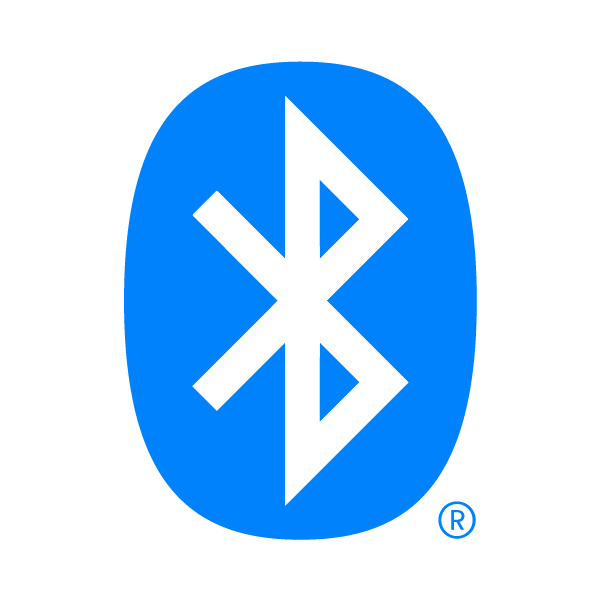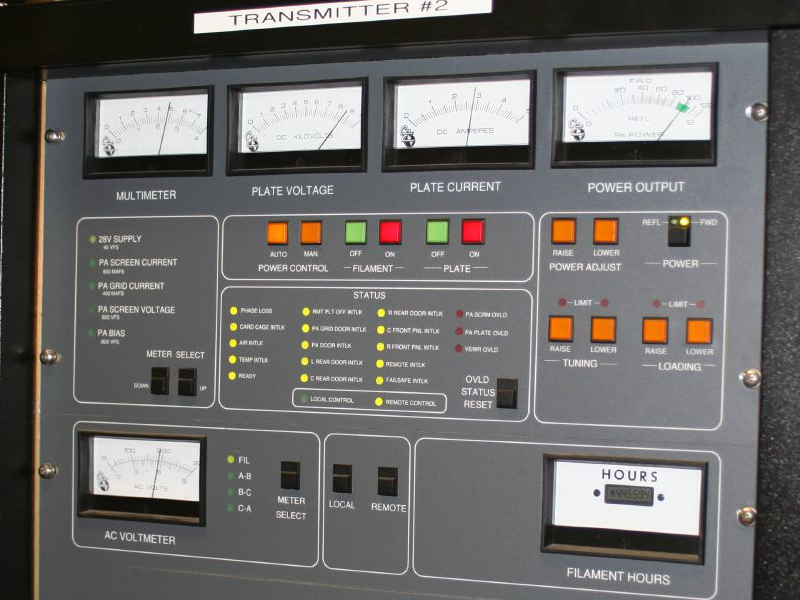|
James D. Y. Collier
James Digby Yarlet Collier (born December 1958) is a British physicist and engineer. He was the chief technology officer of Neul Limited. Previously, he held several technical and executive positions at Cambridge Silicon Radio (CSR), UbiNetics, Cambridge Consultants and Schlumberger Education Collier was born in December 1958. He was educated at the University of Oxford, where he gained a Bachelor of Arts degree in physics. Career Collier co-founded CSR as a corporate spin-off from Cambridge Consultants Limited with a group of eight other people including Glenn Collinson, Phil O'Donovan, Jonathan Kimmitt, Carl Orsborn, Ian Sabberton, Justin Penfold, Robert Young and Graham Pink. He served as CTO of CSR which was acquired by Qualcomm in 2015. Using short-range wireless technology, CSR became a major supplier of integrated circuit designs for Bluetooth, GPS and Wi-Fi. As a fabless manufacturing company, CSR created the first production ready, single chip, CMOS implementatio ... [...More Info...] [...Related Items...] OR: [Wikipedia] [Google] [Baidu] |
CSR Plc
CSR plc (formerly Cambridge Silicon Radio) was a multinational fabless semiconductor company headquartered in Cambridge, United Kingdom. Its main products were connectivity, audio, imaging and location chips. CSR was listed on the London Stock Exchange and was a constituent of the FTSE 250 Index until it was acquired by Qualcomm in August 2015. Under Qualcomm's ownership, the company was renamed Qualcomm Technologies International, Ltd. History The company was founded in 1998 and split away from Cambridge Consultants as ''Cambridge Silicon Radio'' or CSR in 1999. The founding directors, who were all at Cambridge Consultants at the time were Phil O'Donovan, James Collier and Glenn Collinson. It was first listed on the London Stock Exchange in 2004. In 2005 the company acquired Clarity Technologies, a leading clear voice capture (CVC) business and UbiNetics, a 3G wireless ( WCDMA/UMTS/HSDPA) technology company. In 2007, CSR acquired Nordnav, a Swedish-based GPS software c ... [...More Info...] [...Related Items...] OR: [Wikipedia] [Google] [Baidu] |
Bluetooth
Bluetooth is a short-range wireless technology standard that is used for exchanging data between fixed and mobile devices over short distances and building personal area networks (PANs). In the most widely used mode, transmission power is limited to 2.5 milliwatts, giving it a very short range of up to . It employs Ultra high frequency, UHF radio waves in the ISM bands, from 2.402GHz to 2.48GHz. It is mainly used as an alternative to wire connections, to exchange files between nearby portable devices and connect cell phones and music players with wireless headphones. Bluetooth is managed by the Bluetooth Special Interest Group (SIG), which has more than 35,000 member companies in the areas of telecommunication, computing, networking, and consumer electronics. The Institute of Electrical and Electronics Engineers, IEEE standardized Bluetooth as IEEE 802.15.1, but no longer maintains the standard. The Bluetooth SIG oversees development of the specification, manages the qualificat ... [...More Info...] [...Related Items...] OR: [Wikipedia] [Google] [Baidu] |
Cambridge Science Park
The Cambridge Science Park, founded by Trinity College in 1970, is the oldest science park in the United Kingdom. It is a concentration of science and technology related businesses, and has strong links with the nearby University of Cambridge. The science park is situated about 3 km to the north of Cambridge city centre, by junction 33 of the A14, in the parish of Milton, contiguous with Cambridge itself. The park is served by Cambridge North railway station and by the Cambridgeshire Guided Busway. It is directly adjacent to St John's Innovation Centre and Cambridge Business Park. History The land was originally given to Trinity College when the latter was founded by Henry VIII in 1546. The land was used for farming until the Second World War, when it was requisitioned by the US Army and used to prepare vehicles and tanks for D-Day. After the war, the land was left derelict until 1970, when, at the suggestion of Tony Cornell, and under the supervision of Sir J ... [...More Info...] [...Related Items...] OR: [Wikipedia] [Google] [Baidu] |
Weightless (wireless Communications)
Weightless was a set of low-power wide-area network (LPWAN) wireless technology specifications for exchanging data between a base station and thousands of machines around it. History An event was held at the Moller Centre in Cambridge, UK by Cambridge Wireless on September 30, 2011. Presentations were given by Neul, Landis+Gyr, Cable & Wireless, and ARM Holdings. The technology was promoted by the Weightless Special Interest Group (SIG), announced on December 7, 2012. The group was led by William Webb, a professor at Cambridge and a founder of the company Neul. Another event was held in September 2013, when version 1.0 was published. The name Weightless was chosen to reflect the low overhead per transmission for devices that need to communicate just a few bytes of data. The Weightless logo appears as uppercase letters with the 'W' appearing in the top-right corner of a light blue box that has a solid blue line above it. In September 2014, Cambridge-based Neul was acquired by ... [...More Info...] [...Related Items...] OR: [Wikipedia] [Google] [Baidu] |
Machine To Machine
Machine to machine (M2M) is direct communication between devices using any communications channel, including wired and wireless. Machine to machine communication can include industrial instrumentation, enabling a sensor or meter to communicate the information it records (such as temperature, inventory level, etc.) to application software that can use it (for example, adjusting an industrial process based on temperature or placing orders to replenish inventory). Such communication was originally accomplished by having a remote network of machines relay information back to a central hub for analysis, which would then be rerouted into a system like a personal computer. More recent machine to machine communication has changed into a system of networks that transmits data to personal appliances. The expansion of IP networks around the world has made machine to machine communication quicker and easier while using less power. These networks also allow new business opportunities for cons ... [...More Info...] [...Related Items...] OR: [Wikipedia] [Google] [Baidu] |
Wireless
Wireless communication (or just wireless, when the context allows) is the transfer of information between two or more points without the use of an electrical conductor, optical fiber or other continuous guided medium for the transfer. The most common wireless technologies use radio waves. With radio waves, intended distances can be short, such as a few meters for Bluetooth or as far as millions of kilometers for deep-space radio communications. It encompasses various types of fixed, mobile, and portable applications, including two-way radios, cellular telephones, personal digital assistants (PDAs), and wireless networking. Other examples of applications of radio ''wireless technology'' include GPS units, garage door openers, wireless computer mouse, keyboards and headsets, headphones, radio receivers, satellite television, broadcast television and cordless telephones. Somewhat less common methods of achieving wireless communications involve other electromagnetic ph ... [...More Info...] [...Related Items...] OR: [Wikipedia] [Google] [Baidu] |
Integrated Circuit
An integrated circuit or monolithic integrated circuit (also referred to as an IC, a chip, or a microchip) is a set of electronic circuits on one small flat piece (or "chip") of semiconductor material, usually silicon. Transistor count, Large numbers of tiny MOSFETs (metal–oxide–semiconductor field-effect transistors) integrate into a small chip. This results in circuits that are orders of magnitude smaller, faster, and less expensive than those constructed of discrete electronic components. The IC's mass production capability, reliability, and building-block approach to integrated circuit design has ensured the rapid adoption of standardized ICs in place of designs using discrete transistors. ICs are now used in virtually all electronic equipment and have revolutionized the world of electronics. Computers, mobile phones and other home appliances are now inextricable parts of the structure of modern societies, made possible by the small size and low cost of ICs such as mode ... [...More Info...] [...Related Items...] OR: [Wikipedia] [Google] [Baidu] |
Baseband
In telecommunications and signal processing, baseband is the range of frequencies occupied by a signal that has not been modulated to higher frequencies. Baseband signals typically originate from transducers, converting some other variable into an electrical signal. For example, the output of a microphone is a baseband signal that is an analog of the applied voice audio. In conventional analog radio broadcasting the baseband audio signal is used to modulate an RF carrier signal of a much higher frequency. A baseband signal may have frequency components going all the way down to DC, or at least it will have a high ratio bandwidth. A modulated baseband signal is called a passband signal. This occupies a higher range of frequencies and has a lower ratio and fractional bandwidth. Various uses Baseband signal A ''baseband signal'' or ''lowpass signal'' is a signal that can include frequencies that are very near zero, by comparison with its highest frequency (for example ... [...More Info...] [...Related Items...] OR: [Wikipedia] [Google] [Baidu] |
Microprocessor
A microprocessor is a computer processor where the data processing logic and control is included on a single integrated circuit, or a small number of integrated circuits. The microprocessor contains the arithmetic, logic, and control circuitry required to perform the functions of a computer's central processing unit. The integrated circuit is capable of interpreting and executing program instructions and performing arithmetic operations. The microprocessor is a multipurpose, Clock signal, clock-driven, Processor register, register-based, digital integrated circuit that accepts binary code, binary data as input, processes it according to instruction (computing), instructions stored in its computer memory, memory, and provides results (also in binary form) as output. Microprocessors contain both combinational logic and sequential logic, sequential digital logic, and operate on numbers and symbols represented in the binary number system. The integration of a whole CPU onto a s ... [...More Info...] [...Related Items...] OR: [Wikipedia] [Google] [Baidu] |
Transmitter
In electronics and telecommunications, a radio transmitter or just transmitter is an electronic device which produces radio waves with an antenna. The transmitter itself generates a radio frequency alternating current, which is applied to the antenna. When excited by this alternating current, the antenna radiates radio waves. Transmitters are necessary component parts of all electronic devices that communicate by radio, such as radio and television broadcasting stations, cell phones, walkie-talkies, wireless computer networks, Bluetooth enabled devices, garage door openers, two-way radios in aircraft, ships, spacecraft, radar sets and navigational beacons. The term ''transmitter'' is usually limited to equipment that generates radio waves for communication purposes; or radiolocation, such as radar and navigational transmitters. Generators of radio waves for heating or industrial purposes, such as microwave ovens or diathermy equipment, are not usually called transmi ... [...More Info...] [...Related Items...] OR: [Wikipedia] [Google] [Baidu] |
CMOS
Complementary metal–oxide–semiconductor (CMOS, pronounced "sea-moss", ) is a type of metal–oxide–semiconductor field-effect transistor (MOSFET) fabrication process that uses complementary and symmetrical pairs of p-type and n-type MOSFETs for logic functions. CMOS technology is used for constructing integrated circuit (IC) chips, including microprocessors, microcontrollers, memory chips (including CMOS BIOS), and other digital logic circuits. CMOS technology is also used for analog circuits such as image sensors ( CMOS sensors), data converters, RF circuits ( RF CMOS), and highly integrated transceivers for many types of communication. The CMOS process was originally conceived by Frank Wanlass at Fairchild Semiconductor and presented by Wanlass and Chih-Tang Sah at the International Solid-State Circuits Conference in 1963. Wanlass later filed US patent 3,356,858 for CMOS circuitry and it was granted in 1967. commercialized the technology with the trademar ... [...More Info...] [...Related Items...] OR: [Wikipedia] [Google] [Baidu] |




.jpg)

